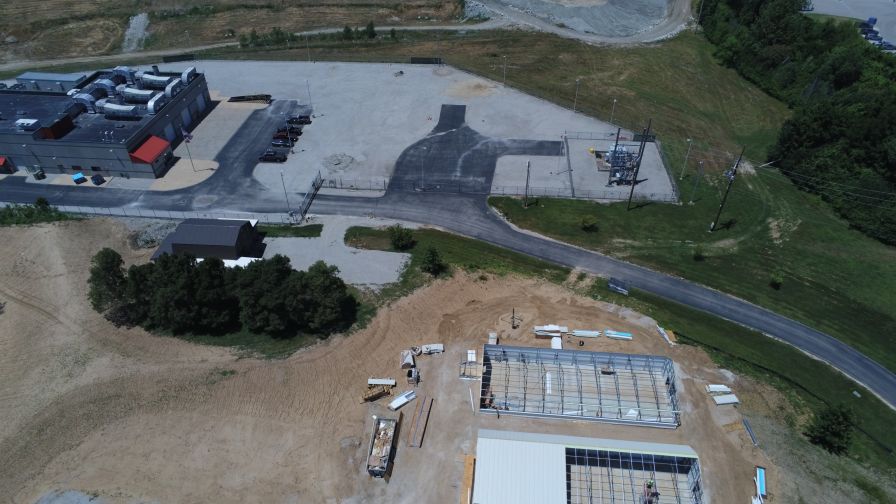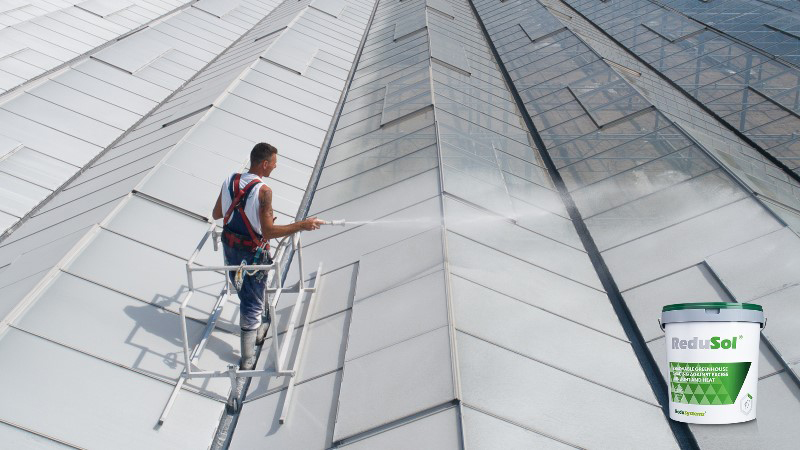From Methane to Megawatts: How One City is Using Landfill Gas to Heat their Local Greenhouses
 Of all the greenhouse gasses trapping heat in our atmosphere, methane is one of the most important. Even though it doesn’t stay in the atmosphere as long as CO2, it is more potent and one of the biggest contributors to rising global temperatures. According to the EPA, 15% of methane emissions come from municipal solid waste (MSW) landfills, and landfills represent the third-largest source of human-related methane emissions in the U.S.
Of all the greenhouse gasses trapping heat in our atmosphere, methane is one of the most important. Even though it doesn’t stay in the atmosphere as long as CO2, it is more potent and one of the biggest contributors to rising global temperatures. According to the EPA, 15% of methane emissions come from municipal solid waste (MSW) landfills, and landfills represent the third-largest source of human-related methane emissions in the U.S.
The methane emissions from MSW landfills in 2020 were approximately equivalent to the greenhouse gas (GHG) emissions from about 20.3 million passenger vehicles driven for one year, or the CO2 emissions from nearly 11.9 million homes’ energy use for one year. At the same time, methane emissions from MSW landfills represent a lost opportunity to capture and use a significant energy resource.
Fortunately, some municipalities are figuring out ways to capture methane emissions from landfills to use as energy for various purposes. The design team at Ceres was lucky enough to be connected with one such municipality, and to be introduced to a community project that would use captured methane gas from their local landfill to heat actual greenhouses. Here’s a closer look at the city that is changing the identity of methane from a greenhouse gas to a gas that powers greenhouses.
From One Greenhouse to Another
In Maryland Heights, MO, a suburb north of St. Louis, the construction of two Ceres HighYield Kit greenhouses is almost complete. These greenhouses are a crucial part of the “Greenhouse, Garden, and Sustainability Center” project that the city has spent years developing in order to build a better tomorrow for the community. Ceres caught up with Jim Carver, the Economic Development Manager of Maryland Heights, and Tina Politowski, Economic Development Management Assistant, to learn more about the past, present, and future of this incredible sustainability campus.
Greenhouses for the Whole Community
According to Carver, the process of capturing methane gas from Champ Landfill to heat a greenhouse space was already underway on a smaller scale at a nearby nursery. The city of Maryland Heights partnered with the nursery property owner to envision his model on a much larger scale: a proposed project that would benefit the whole community. When the city was awarded an $850,000 grant for their proposition, they moved to a new site that was larger and in close proximity to the local high school, Pattonville High School. In the same area was an already established gas plant, Ameren Renewable Energy Center, that processes methane gas from the landfill, turning it into natural gas and electricity for the residents of Maryland Heights. The “Greenhouse, Garden and Sustainability Center” project would use Ameren’s plant to capture electricity for the greenhouses. A partnership formed between Champ Landfill, The City of Maryland Heights, Ameren plant, and Pattonville High School to develop a model of waste to growth, using renewable energy, that would give back to the community in the form of food and education. The vision included greenhouses, gardens, an interpretive center, and walking paths, all for the benefit of the public.
Carver mentioned that he, and others involved in the project, met with Ceres, which focused on sustainability and presented a durable solution for long-term maintenance. Ceres’ passive solar design and energy-efficient climate control systems are also suitable for the local climate. Ceres worked with Carver and his team to design two HighYield Kit greenhouses for the sustainability campus, with the hopes of adding a third greenhouse in the near future (2024-2025). One greenhouse will be for community use, and the other (the structure with the in-line head house) will be used by the high school.
Once operational, the greenhouse will use methane gas pumped and processed from the landfill 300 yards away, by the Ameren plant, to heat the growing space. The purpose is to limit the amount of methane gas emitted into the atmosphere and put it to a better use. Eventually, solar panels will be installed to help power the greenhouses’ climate control systems and the structures will use rainwater recapture for the irrigation system. The goal is to obtain net zero for both greenhouses, meaning the greenhouses rely 100% on renewable energy sources to fulfill all their power needs.
Carver anticipates that the high school greenhouse will be operational by the time the school year starts. Pattonville already has a greenhouse, but the students are only able to grow in it during certain times of the year due to the structure’s limited capabilities. With their new greenhouse, students at Pattonville will be able to take advantage of the outdoor classroom all year long, enhancing their Life Science Program. The greenhouse will be integrated with various growing systems to educate students on sustainable growing practices. Year-round access to the greenhouse will also allow the students to grow more food for the school’s Backpack Program, a student-led program that grows and distributes food to kids in need.
The other greenhouse on the sustainability campus will eventually be leased to an end user who the city hopes will provide education to the public on their grow projects and systems. Visitors will be able to tour the greenhouse as well as the neighboring interpretive center to learn more about renewable, sustainable, and solar energy sources and how we can harness them for plant growth.
Carver and Politowski are eager for the completion of the Greenhouse, Garden, and Sustainability Center because they see it as a unique and multifaceted learning opportunity that will benefit everyone in Maryland Heights. They hope that the park-like educational experience of the sustainability campus will draw people in and open their eyes to the possibilities of renewable energy.
Already this model of “methane to megawatts” is attracting attention from other U.S. cities with landfills. It is hoped that this project will extend beyond Maryland Heights and start a movement that will decrease methane emissions nationwide, while strengthening our local food systems.









